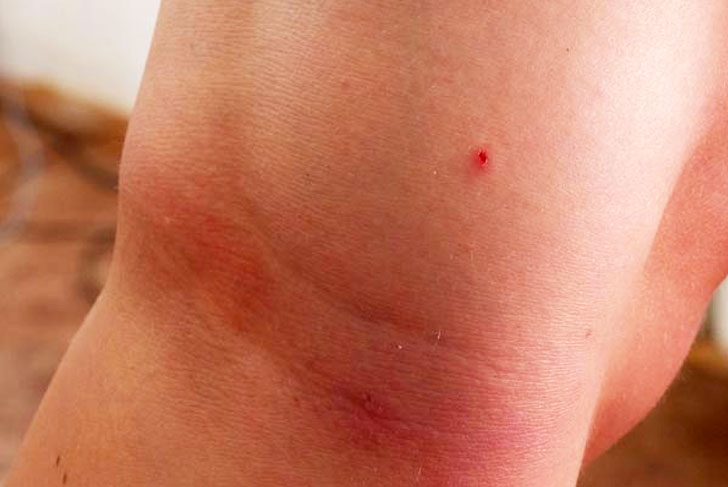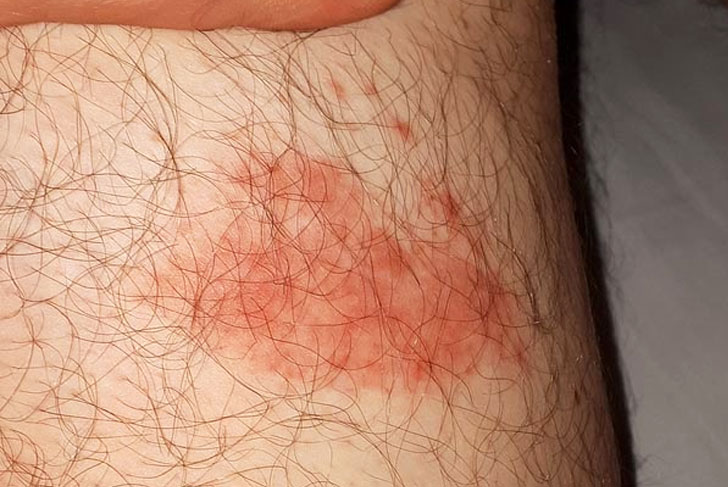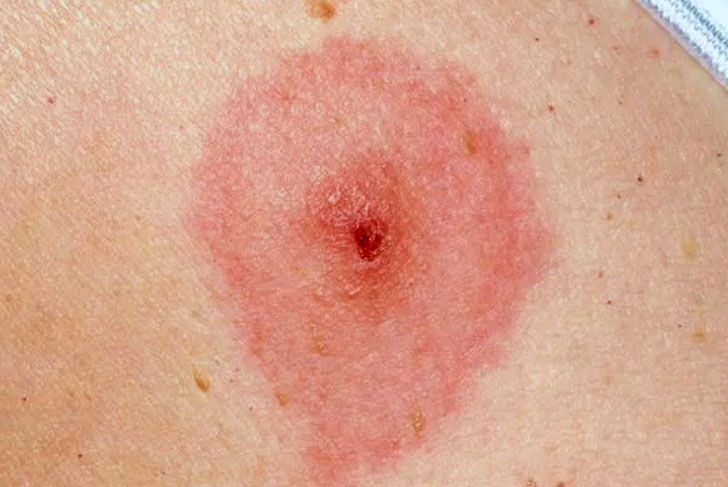Lyme disease, often beginning with an unnoticed tick bite, can unfold into a diverse array of symptoms ranging from a distinctive rash to complex neurological impairments. It's a medical enigma that often masquerades as other illnesses, making early detection and understanding its signs essential. Explore this article to learn about the elusive and potentially serious symptoms of Lyme disease – knowledge that could be crucial for timely diagnosis and effective treatment.
Early Localized Stage (1 to 3 weeks after tick bite)
Fact: The early localized stage of Lyme disease is crucial for intervention, as treatment at this stage is typically highly effective in preventing further complications.

Erythema Migrans (EM) Rash
Often the Hallmark Sign of Lyme Disease
Fact: The EM rash occurs in approximately 70-80% of people infected with Lyme disease. Though common, it's not present in every case, making it essential to recognize other symptoms as well.

The Erythema Migrans (EM) rash is frequently the most distinctive sign of Lyme disease. It provides an early indication that the infection has taken hold in the body. Recognizing this rash can be crucial for early diagnosis and treatment, which can prevent the disease from progressing to more severe stages.




